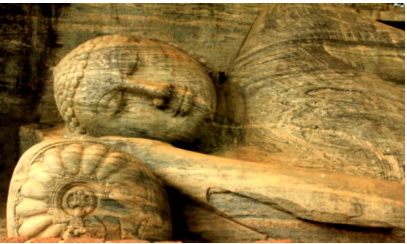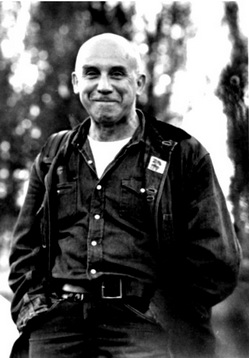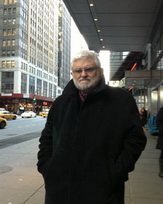Thomas
Merton OCSO, monk of the Abbey of Gethsemane in
Kentucky
died on this date in 1968, twenty seven years to the day
after he entered the Abbey in 1941.
A prolific writer, with many
books published in his life time and not a few after his death, the inspiration
for even more books about him, articles as well as poetry, he will perhaps be
remembered most for his journals.
He kept journals from before
his reception into the church, in November 1938 at
Corpus Christi
church,
New York City
, until two days before his death following an electrical
accident whilst showering in his room. He was an attending an interfaith conference between Catholic and non-Christian
monks in suburban
Bangkok
, the primary purpose for his journey to
Asia
.
His journals are extensive in their detail and give us a picture of a man whose
search for God was never easy but who kept trying none the less. Writing in his
journal for
December 4th 1964
, he said: “In the hermitage one
must pray or go to seed. The pretence of prayer will not suffice. Just sitting
will not suffice. It has to be real. Yet, what can you do? Solitude puts you
with your back to the wall, or your face to it, and this is good. So you pray to
learn how to pray”.
As I mentioned last week, his
friendship with the Buddhist monk, Thich Nhat Hanh in the early Sixties, was
part of this exploration, his deep desire to explore the faith of both East and
West.
His written contribution to
the Peace Movement during the time that
Vietnam
saw so much bloodshed, was circulated through contacts. His
order forbade him publishing on issues relating to Nuclear weapons and the
general issue of peace so his comments were passed round in mimeographed copies.
They became known as the Cold War Letters, some 110 of them. After his death
Merton was returned to the
United States
in a B52 bomber carrying the war dead for that week, an
ironical twist after his committed opposition to the war in
Vietnam
.
Merton was not a conventional
monk. When he moved to his hermitage in the grounds of the Abbey, he was more
likely to be seen in denims and a jacket rather than a monastic habit. Yet his
influence has been extensive. He was a joyous man, a man of humour and a
prolific correspondent. His collected letters fill five volumes.
Next year, January 31st,
will be the 100th anniversary of his birth in the
village
of
Prades
in
France
. His is a life to reflect on in the coming year which Pope
Francis has asked to be a Year for Consecrated living.
I have tried to gather a few
words on Merton, the Christian Monk of the West, and his contact only weeks
before his death, after many years of reading and letter exchange, with the
Buddhist East, in this brief piece.
Polonnaruwa*
It
was at this time of the year
that
he went to the valley
of
the Buddhas and,
pausing
a moment to remove his shoes,
walked
barefoot through the wet grass
among
the reclining figures.

The
faint smile of their unfaltering gaze
returned
his awe at being in their presence.
A
Christian monk of the West
experiencing
the East,
just
six days before his disappearance.
*
December 4th 1968
Diary entry.
“I
don’t know when in my life I have ever had such a sense
of
beauty and spiritual validity running
together in one
aesthetic
experience”.
Thomas
Merton ocso
John
Herriott, writing in the Tablet a number of years ago, described how Merton “would,
in retrospect, be regarded as the archetypal example of a monk of the late 20th
C”.
If
you haven’t found him yet, dip into the pond.
END
------


